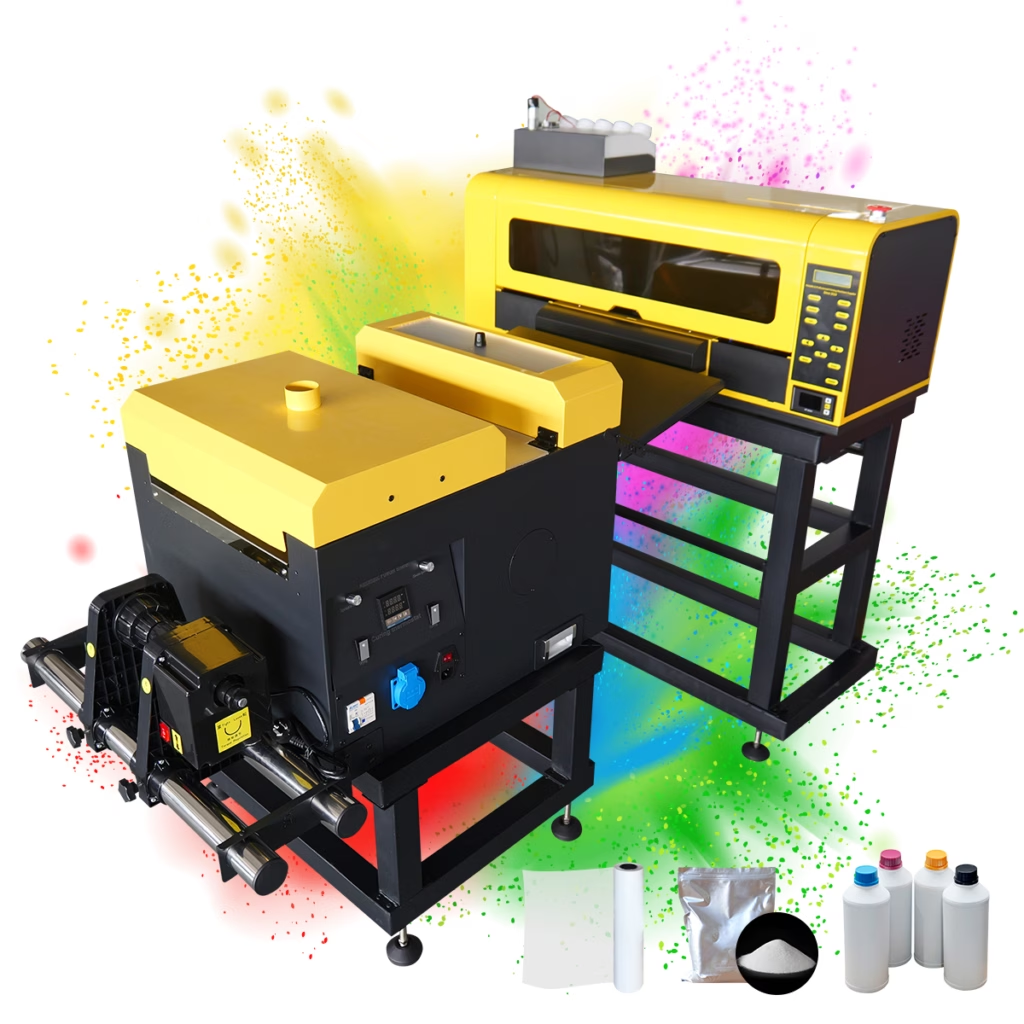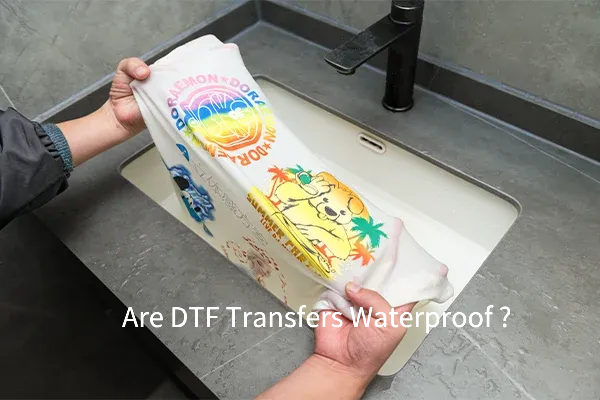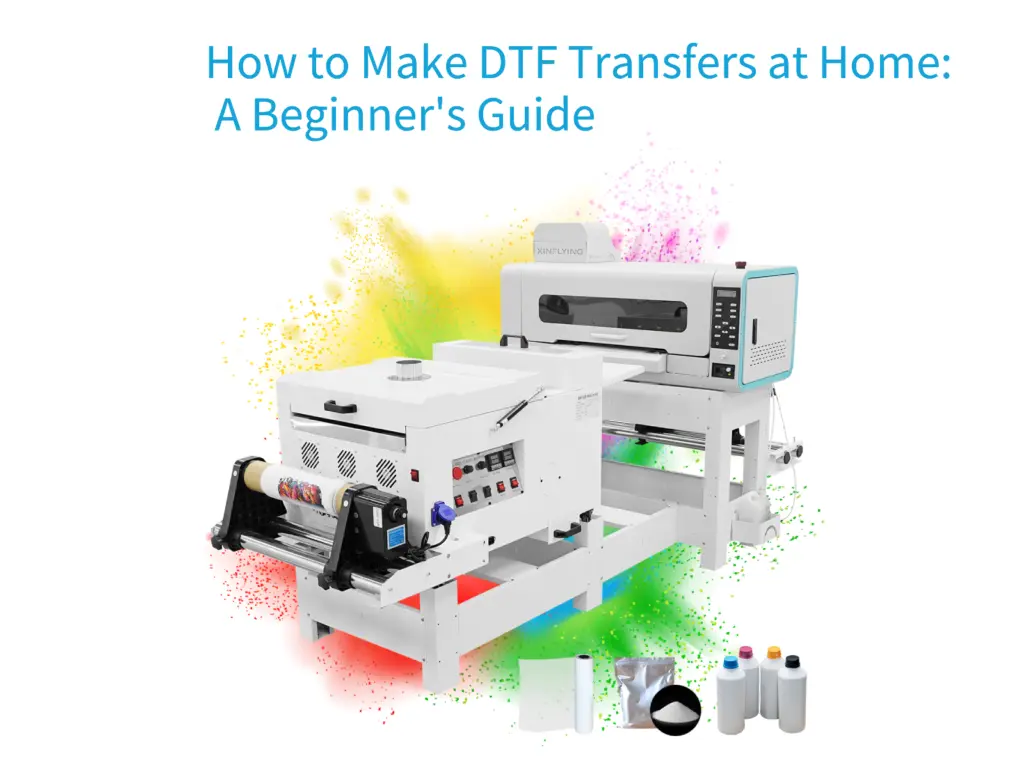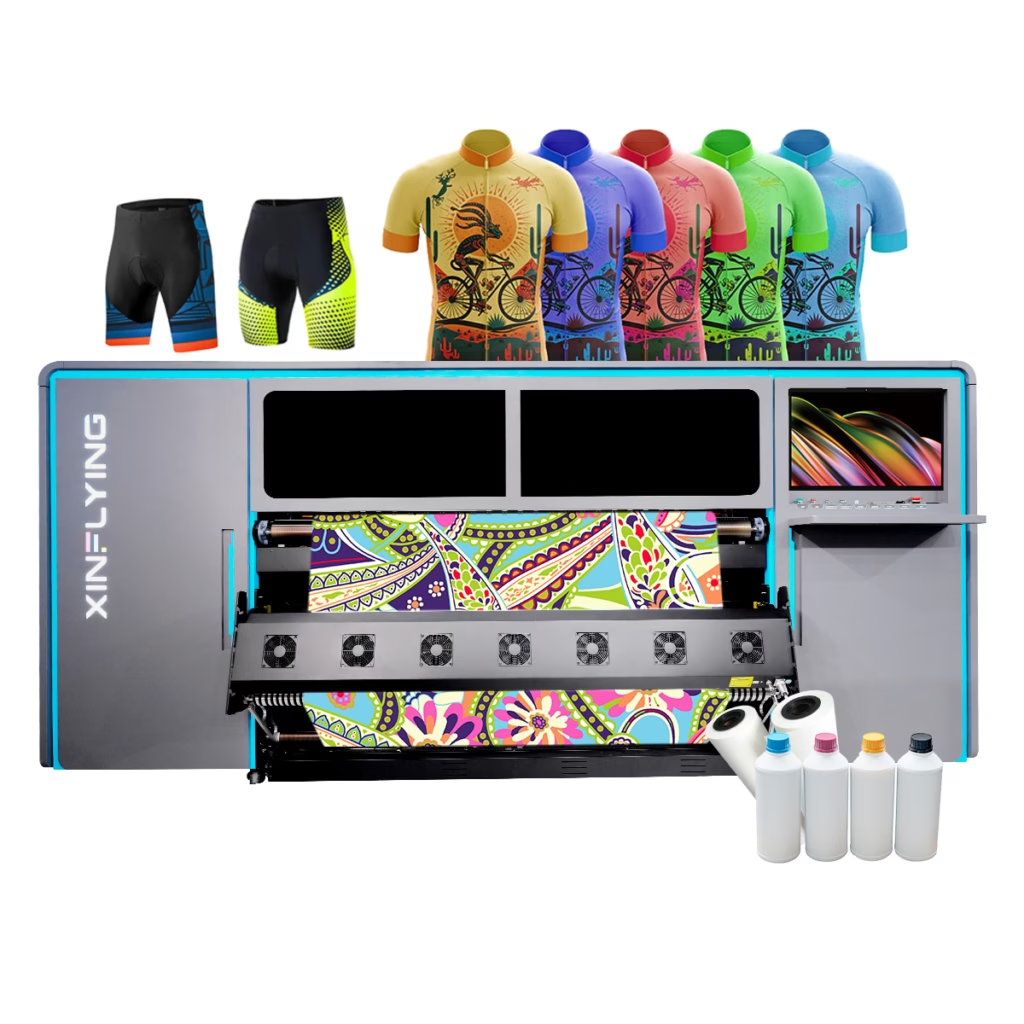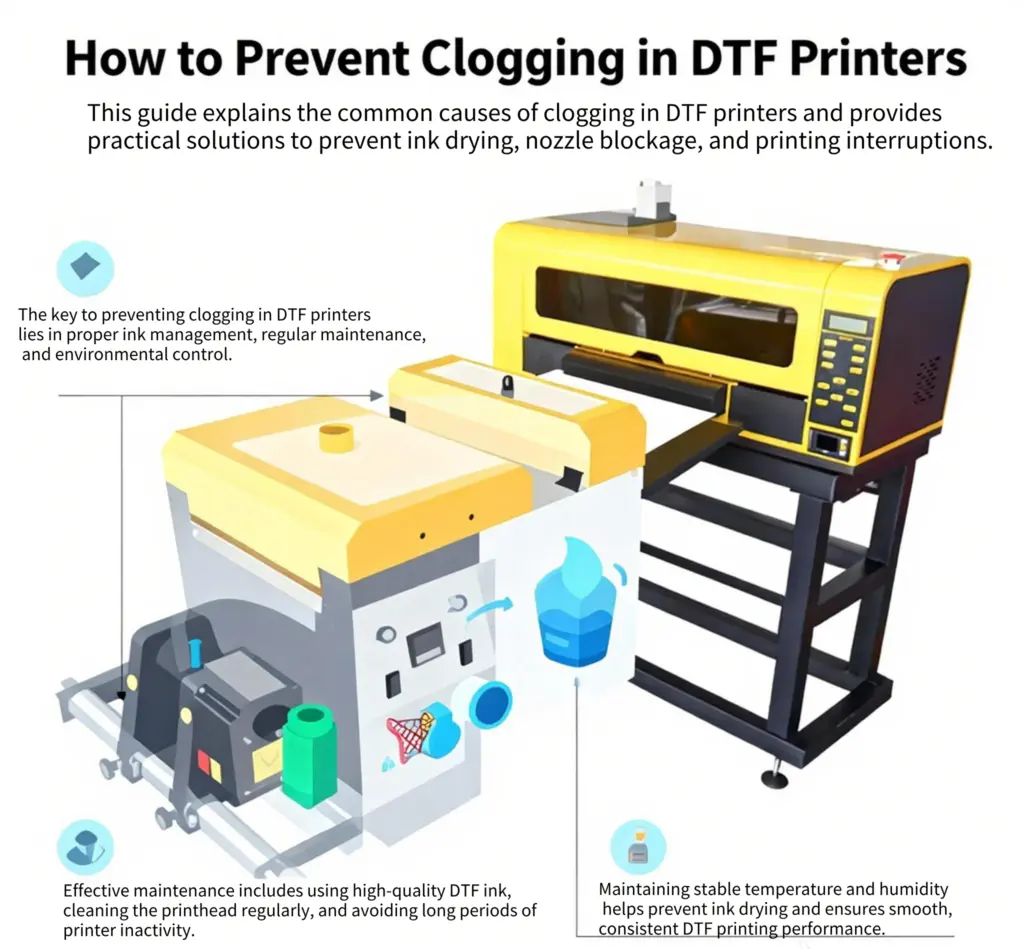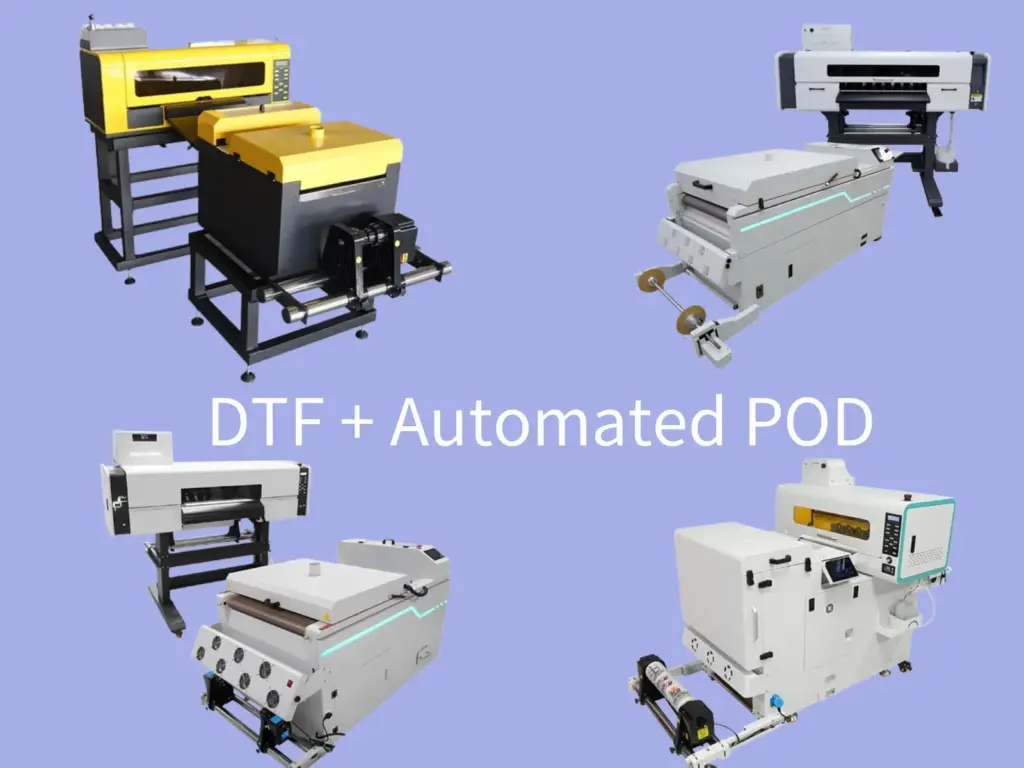O que é impressão digital em tecidos?

fonte: têxtilfocus
A impressão têxtil digital é um método moderno de impressão de desenhos coloridos em vários tipos de tecidos usando tecnologia de jato de tinta digital. Esta técnica permite a impressão fácil e precisa de qualquer desenho em têxteis, tornando-se um dos avanços mais promissores na indústria têxtil. Com impressão têxtil digital, não há limitações de cores ou requisitos de tela, e oferece infinitas possibilidades para atender à crescente demanda por impressão têxtil. Esta técnica é adequada até para imprimir designs 3D, e pode ser usado para imprimir diretamente em roupas como camisetas, camisas, e jeans, além de tecidos.
A impressão digital em tecidos ganhou popularidade nos últimos anos devido à sua versatilidade, relação custo-benefício, e capacidade de produzir designs vibrantes e de alta qualidade. Também oferece maior flexibilidade em termos de tamanho e escala do projeto de impressão, permitindo a impressão de designs personalizados em pequenas quantidades. Além disso, a impressão digital em tecidos tem um menor impacto ambiental em comparação com os métodos de impressão tradicionais, uma vez que reduz o consumo de água, consumo de energia, e desperdício.
Tipos de máquinas de impressão em tecido

fonte: ordnur
impressora de sublimação
Impressão por sublimação é um processo de impressão de padrões em papel especial usando tintas especializadas de sublimação de tinta.
A tinta usada é chamadatinta de impressão por sublimação, que passa de sólido a gasoso quando exposto ao calor e à pressão, e se liga ao material do substrato para criar uma imagem permanente.
Papel para impressão por sublimação é um papel resistente ao calor com um revestimento especial que permite que a tinta seja transferida sem sangrar ou borrar.
Esta impressão é duradoura e não racha, desbotar ou descascar com o tempo. É adequado para tiragens curtas e permite projetos altamente detalhados. Para mais informações, por favor consulte ofabricante de máquina de impressão por sublimaçãos.
Impressora DTG
Impressão DTG usa a impressora jato de tinta para aplicar tinta à base de água diretamente no tecido. O processo é relativamente simples e não requer configurações caras.
A impressão DTG é ideal para pequenas tiragens e pedidos personalizados, pois pode acomodar designs únicos sem a necessidade de telas ou placas. A tecnologia está bem estabelecida e muitos excelentesEmpresas de impressoras DTG consegui imprimir em alta qualidade, imagens coloridas diretamente no tecido.
Impressora DTF
Impressão DTF é uma tecnologia de impressão relativamente nova que é semelhante à impressão DTG. A impressão DTF utiliza uma impressora especializada que imprime o desenho em um filme sensível ao calor que é então transferido para o tecido usando uma prensa térmica., que é chamado Filme de impressão dtf.
Tinta de impressão dtf é normalmente formulado com pigmentos finamente moídos e suspensos em um veículo líquido. Isso permite que a tinta seja impressa em um filme de transferência com uma impressora DTF e depois transferida para o tecido usando uma prensa térmica..
Pó de impressora DTF é normalmente composto de um polímero termoplástico e é projetado para criar uma ligação forte entre o filme de transferência e o tecido. O pó adesivo, que é um tipo especializado, é aplicado ao filme de transferência depois que a tinta foi impressa nele.
A impressão DTF pode produzir impressões de alta qualidade em vários tecidos, incluindo algodão, poliéster, e misturas, e é particularmente útil para impressão em tecidos de cores escuras. No entanto, o processo é mais demorado e envolve várias etapas em comparação com a impressão DTG. Existem muitos excelentesFornecedor de impressoras DTFestá no mercado, e alguns deles sãofabricantes de impressoras dtf da china.
Impressão em tecidos diferentes

Fonte: Remover respingo
Seda
A impressão em seda pode ser feita por vários métodos, Incluindo impressão de tela, impressão digital, e sublimação de tinta.
A serigrafia é um método tradicional que envolve pressionar a tinta através de um estêncil no tecido., enquanto a impressão digital utiliza impressoras jato de tinta especializadas para aplicar tinta diretamente no tecido.
A sublimação de tinta é um processo de transferência de calor que utiliza calor e pressão para transferir tinta para tecidos de seda..
Cada método tem suas vantagens e desvantagens, sendo a impressão digital a mais versátil e adequada para designs complexos, enquanto a sublimação de tinta fornece as cores mais vibrantes e durabilidade.
Poliéster
O poliéster é um tecido sintético comumente usado em roupas esportivas, roupas esportivas, e equipamentos ao ar livre.
A impressão em poliéster pode ser feita usando sublimação de tinta, que é um processo de transferência de calor que permite que a tinta se funda com as fibras do tecido, resultando em impressões duradouras e vibrantes.
Outros métodos, como serigrafia e direto na roupa (DTG) impressão, também pode ser usado em poliéster, mas podem não fornecer o mesmo nível de durabilidade e vibração de cor que a sublimação de tinta.
Algodão
O algodão é um tecido natural comumente usado em vestuário, têxteis do lar, e acessórios.
A impressão em algodão pode ser feita usando vários métodos, Incluindo impressão de tela, Impressão DTG, e impressão por transferência de calor.
A técnica de serigrafia pode produzir designs de alta qualidade em tecidos de algodão, mas pode ser caro e demorado para projetos de pequena escala.
Direto para o combate (DTG) a impressão é geralmente considerada como o mais adequado tecnologia de impressão digital para tecido de algodão. Como o algodão é uma fibra natural, pode absorver facilmente a tinta à base de água usada na impressão DTG, resultando em uma impressão de alta qualidade que é durável e duradoura. Adicionalmente, A impressão DTG permite a impressão de múltiplas cores e designs em uma única tiragem, tornando-o ideal para designs personalizados e projetos de pequena escala.
Geral, a escolha do método de impressão para diferentes tecidos depende de vários fatores, como o tipo de tecido, a durabilidade desejada e vibração de cor, a complexidade do design, e a quantidade do pedido. E é essencial escolher o método adequado para garantir que as impressões resultantes sejam de alta qualidade e atendam aos requisitos do usuário final..
Conclusão
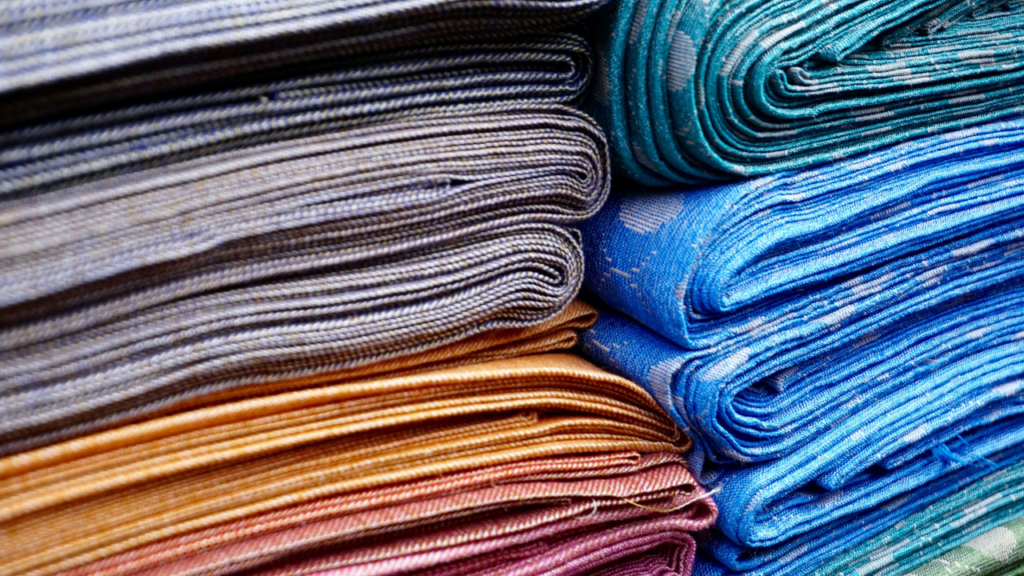
fonte: cmyk
Resumindo, selecionando o método de impressão correto, impressões de alta qualidade e duradouras podem ser obtidas. Máquinas de impressão de tecido, como impressoras de sublimação, Impressoras DTG, e Impressoras DTF oferecem vantagens exclusivas para imprimir designs em diferentes tipos de tecido, como seda, poliéster, e algodão. O método de impressão apropriado depende de fatores como tipo de tecido, complexidade do projeto, durabilidade desejada e vibração de cor, e quantidade do pedido.
Enquanto isso, se você deseja ter uma compreensão mais profunda do conhecimento ou experiência relevante com esses produtos, você pode continuar navegando por algumas informações sobrefabricante de impressoras têxteis digitaiss.

